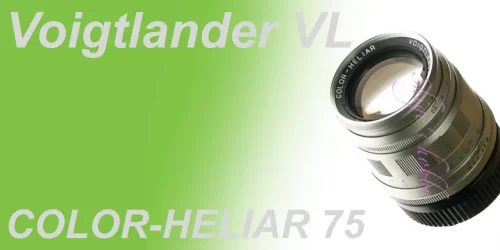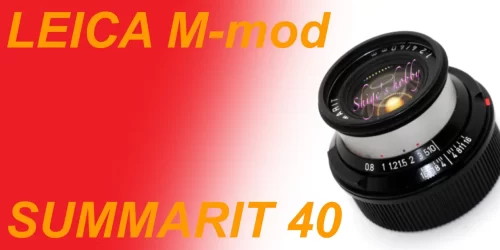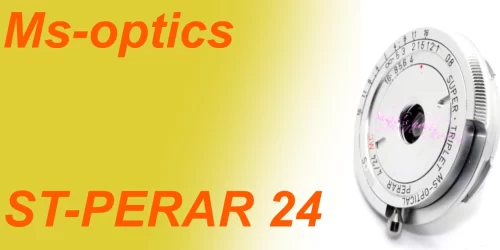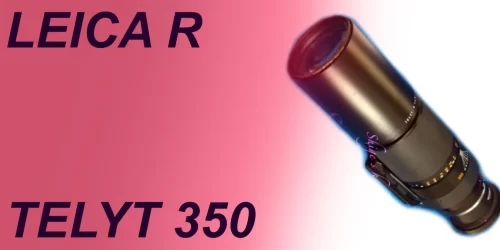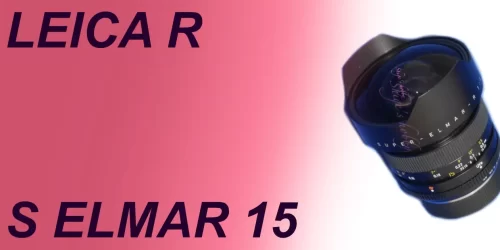Wide-angle macro/linear zoom
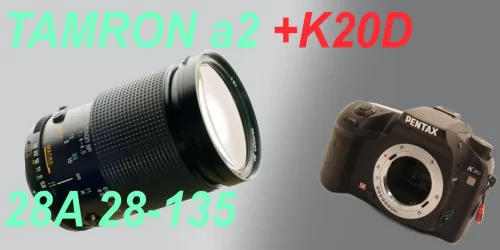
A review and sample photos taken using the Tamron 28A 28-135mm F/4.5-4 with a PENTAX K20D.
Table of contents
Gallery
- The sample photos were taken with the PENTAX K20D.
Review
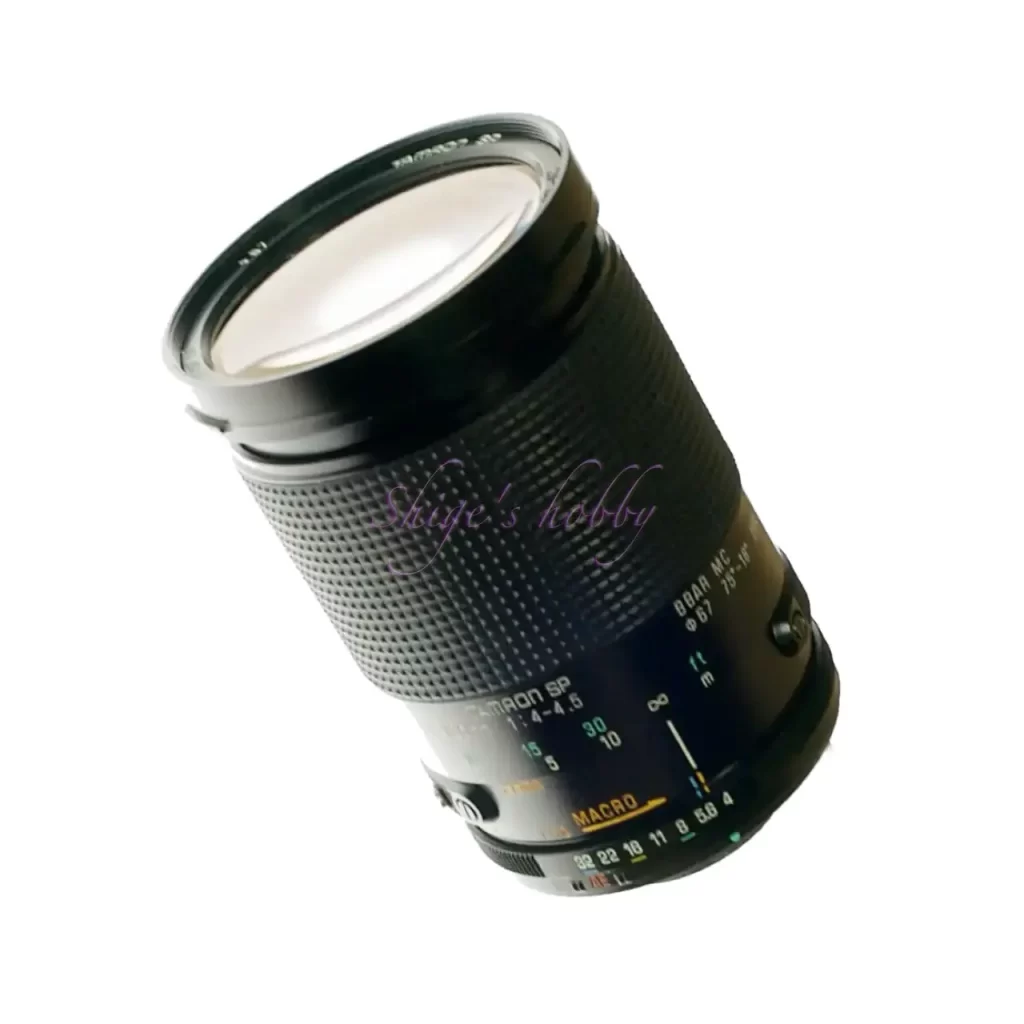
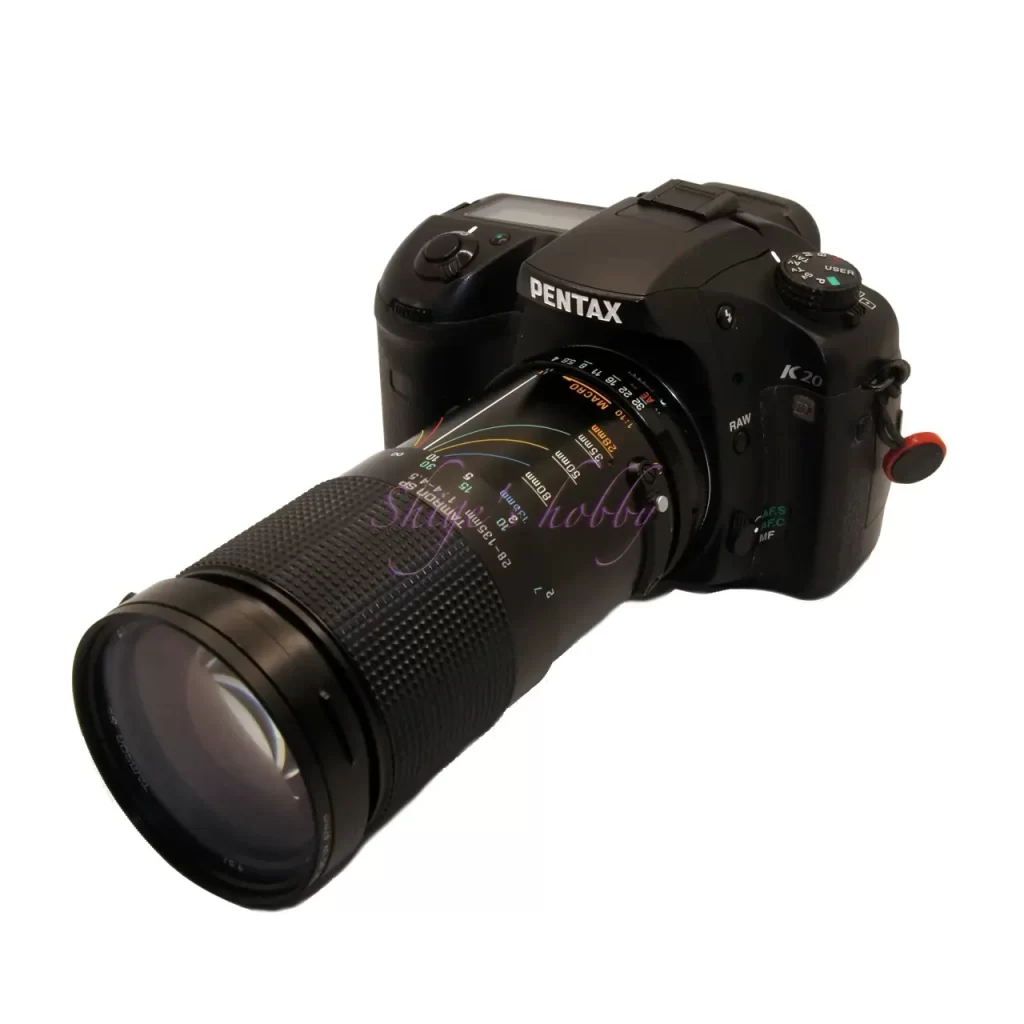
1.Overview
The Tamron 28A 28-135mm F/4-4.5 was released in 1983 and is a rectilinear zoom lens that covers focal lengths from 28 to 135mm and uses the Tamron Adaptall 2 mount to cover wide-angle to medium telephoto focal lengths.
The main specifications are a lens configuration of 17 elements in 10 groups, 6 aperture blades, a rubber bayonet hood 45FH, a filter diameter of 67mm, an aperture value of F4-4.5, and a minimum shooting distance of 0.26m at a focal length of 28mm.
The macro function can be used to shorten the minimum shooting distance by using the auxiliary helicoid built into the lens barrel.
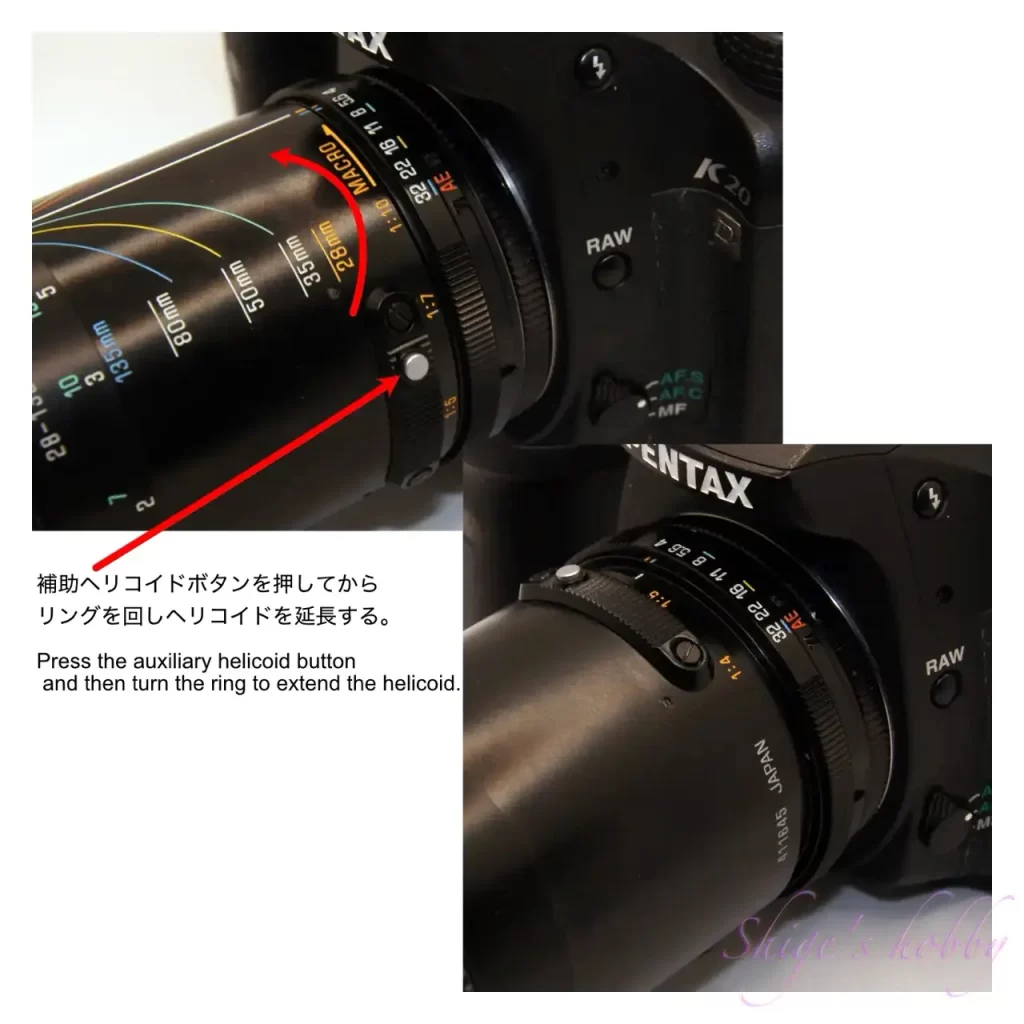
This lens uses Tamron’s proprietary Adaptall 2 mount, so by replacing the mount, it can be used with SLR lenses from various manufacturers. It can also be used with the latest mirrorless cameras by using an Adaptall 2 adapter, of which there are many adapters for mirrorless cameras such as Nikon F and Canon EF mounts.
2.Usability
The Tamron 28A covers 28mm to 135mm wide-angle to medium telephoto manual focus (MF) on the Adaptor 2, and when shooting with a PENTAX APS-C sensor (sensor magnification x1.5), it is a 42mm to 202.5mm zoom lens in 35mm equivalent.
Because it is an old lens and may be cloudy, the image is soft across the entire range from 28mm to 135mm.
When shooting with wide-angle macro at the minimum shooting distance of 0.26m at 28mm, the softness is further emphasized, allowing you to obtain gentle images.
It is a very practical lens if you choose the situation to use it in.
The lens I own is not good at depicting distant objects, so it is a lens designed specifically for macro photography.
Even macro photography is a little difficult, because the telephoto end of 135mm can only get as close as 1m, so the subject size is almost the same when shooting at the minimum focal length of 28mm (0.26m) and when shooting at the minimum focal length of 135mm (1m), and it’s unfortunate that the size of the captured subject is almost the same.
It goes without saying, but if the minimum shooting distance is the same at different focal lengths, the minimum shooting at 28mm with a shorter focal length will capture the subject wide, while the minimum shooting at 135mm with a longer focal length will capture the subject closer.
This 28A is a lens compatible with 35mm film, but when used with an APS-C size sensor, the sensor size cuts off the periphery, improving the impression of the captured image.
Since it is not a lens compatible with the resolution of digital cameras, I have used it with the α7Sii with a 35mm full-size sensor, but there was distortion in the image at the periphery, so I felt that it was not up to the task of using it with a 35mm full-size sensor. Therefore, it is best used with an APS-C size sensor.
Since I don’t have a hood, ghosting occurs in scenes with the sun. It is unclear whether the hood can completely eliminate this ghosting.
When using the image stabilization function of a PENTAX digital SLR camera, this lens does not have the function to transmit the focal length to the camera, so you need to manually input the focal length for image stabilization. It is a hassle to re-enter it every time you zoom, so I set it to 80mm, which is about the middle of the focal length, and use image stabilization between 50 and 135mm. Since there is little problem without image stabilization on the wide-angle side, I turn off the image stabilization switch when using wide-angle.
Adaptor 2 has a PK-A mount adapter that can use aperture priority AE (Auto Exposure) for PENTAX K, but when used with a digital camera, the control is often unstable, so I use it with the PK-M or M42 mount that uses the actual aperture.
When shooting with an SLR camera with the actual aperture, the disadvantage is that the viewfinder becomes darker when the aperture value is increased. In this regard, the electronic viewfinder (EVF) of a mirrorless camera is easy to use, as the brightness is automatically corrected as the aperture value increases.
3.Add Info.
Tamron has a large lineup of popular zoom lenses, including many that start at 28mm.
- 1980: 07A: 28-50 (rotating zoom)
- 1983: 27A: 28-80 (rotating zoom)
- 1983: 28A: 28-135 (linear zoom)
- 1986: 44A: 28-70 (rotating zoom)
- 1988: 59A: 28-70 (rotating zoom)
- 1991: 159A: 28-70 (rotating zoom)
- 1994: 71A: 28-200 (rotating zoom)
- 1997: 167A: 28-105 (rotating zoom)
- 1998: 171A: 28-200 (rotating zoom)
Of the Adaptall lenses starting at 28mm, only the 28A uses a linear zoom, while all the others use a rotating zoom.
A linear zoom lens is a lens in which the focal length is changed by moving the lens barrel in a linear motion, and the focus position is changed by rotating the lens barrel that moves in a linear motion.
In terms of the operability of a manual zoom lens, a linear zoom is practical because you can zoom and focus without changing your grip on the ring. Tamron in particular uses linear zoom in many of its telephoto zoom lenses, and I didn’t realize until I looked into it this time that so many of its wide-angle zoom lenses use rotating zoom.
A rotating zoom is a two-ring operation method used in autofocus lenses, and the lens is equipped with a zoom ring for changing focal length and a focus ring for changing focal length. In autofocus cameras, it is common to use the zoom ring for manual operation and the focus ring for automatic operation.
For this reason, on many autofocus lenses, the focus ring is treated as an added extra; the ring is narrow and the motor output during autofocus is reduced to reduce power consumption, so the rotational torque is thin and the feel when using manual focus is poor.
The reason the 28A was released with a linear zoom is likely to have been to provide a lens that combined the operability of a telephoto zoom lens.
The Adaptall 2 lens is a standard for manual focus cameras, and the α700 autofocus SLR camera was released in 1985, so this is a lens group that marked the turning point of the times. The wide variety of operation methods is thought to be a result of the times.
Specification
| Item | 28A | 27A |
| focal length(mm) | 28-135 | 28-80 |
| Maximum aperture | 4-4.5 | 3.5-4.2 |
| Minimum aperture | 32 | 32 |
| Lens configuration | 6 | 8 |
| Leaf blade | 17 elements in 10 groups | 9 elements in 8 groups |
| Minimum distance(m) | 0.26(28mm) | 0.36(80mm) |
| Lens length(mm) | 110.5 (Nikon-F) | 86.5 (Nikon-F) |
| Lens max diameter(mm) | 70 | 70 |
| Filter type | 67 | 67 |
| Weight(g) | 45FH | 47FH |
| Hood | 771 (Nikon-F) | 480 (Nikon-F) |
| Lens mount | Nikon F Canon EF Sony α Olympus OM Canon FD M42 Leica R etc. | Nikon F Canon EF Sony α Olympus OM Canon FD M42 Leica R etc. |
| Release date | 1983~1988 | 1983~1987 |
| Production numbers | ¥74,000 | ¥44,000 |
Reference links
Update history
- 2025.2.25
Affiliate links
- TAMRON・Ads by Amazon
- TAMRON books・Ads by Amazon

